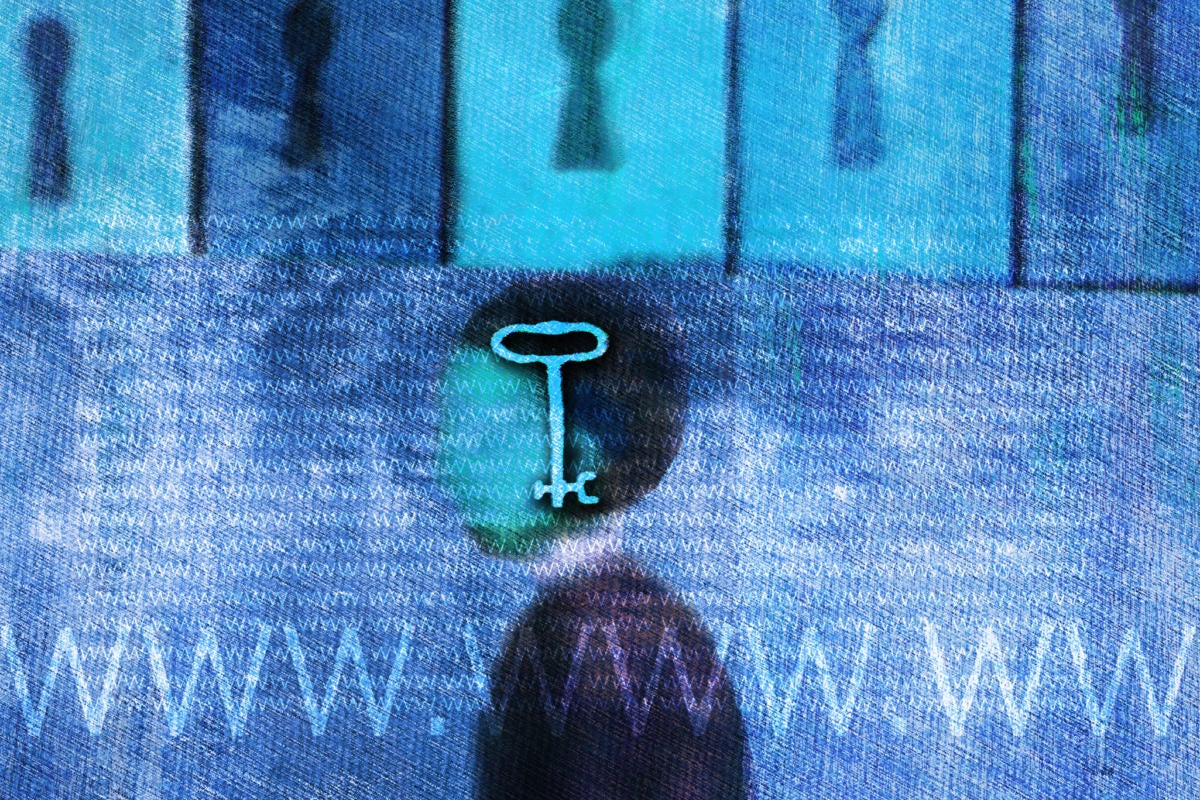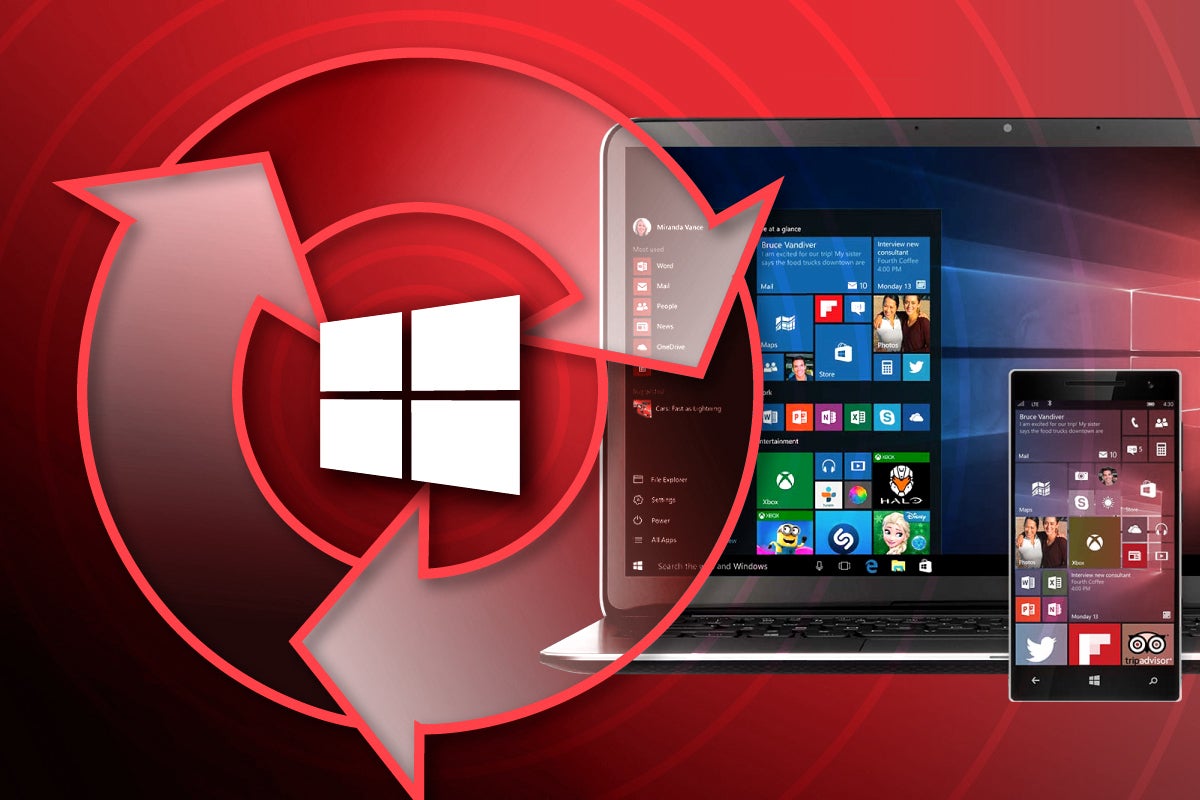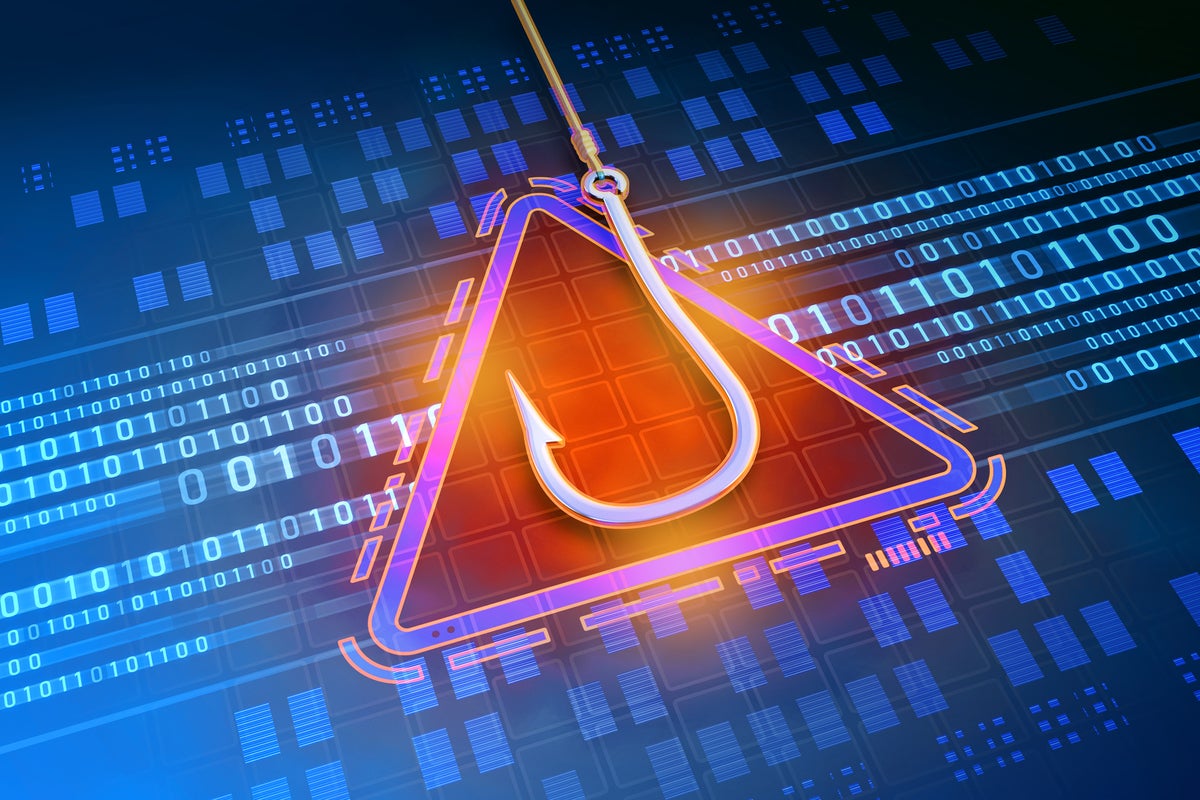Change my password? AGAIN?

Credit to Author: Susan Bradley| Date: Mon, 07 Mar 2022 10:02:00 -0800
Every year at this time, I have to fill out my firm’s cyber insurance application — and every year they ask whether we encourage strong passwords and change them often. This question annoys me tremendously, because we really shouldn’t be changing passwords often. We should instead be choosing authentication processes that appropriately match site risks; using a password should be the last thing you want to rely on.
First, think about the information and data a website is keeping on you. The sites we want to offer the most protections often have the weakest. Where you can, always add two-factor authentication to a site’s access. (Not all multi-factor authentication is created equally, but some sort of multi-factor is better than none. If it encourages attackers to go elsewhere, it’s done its job.





